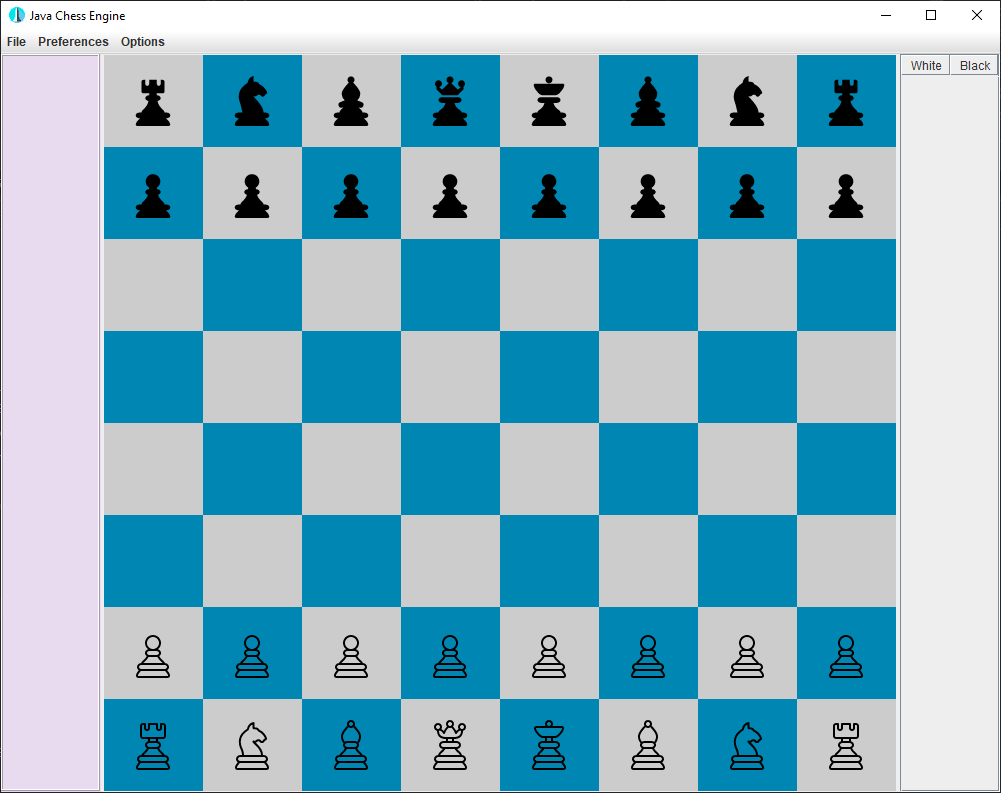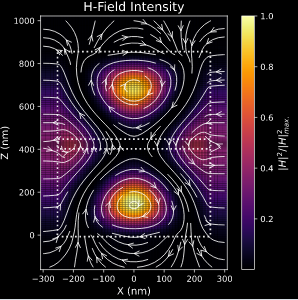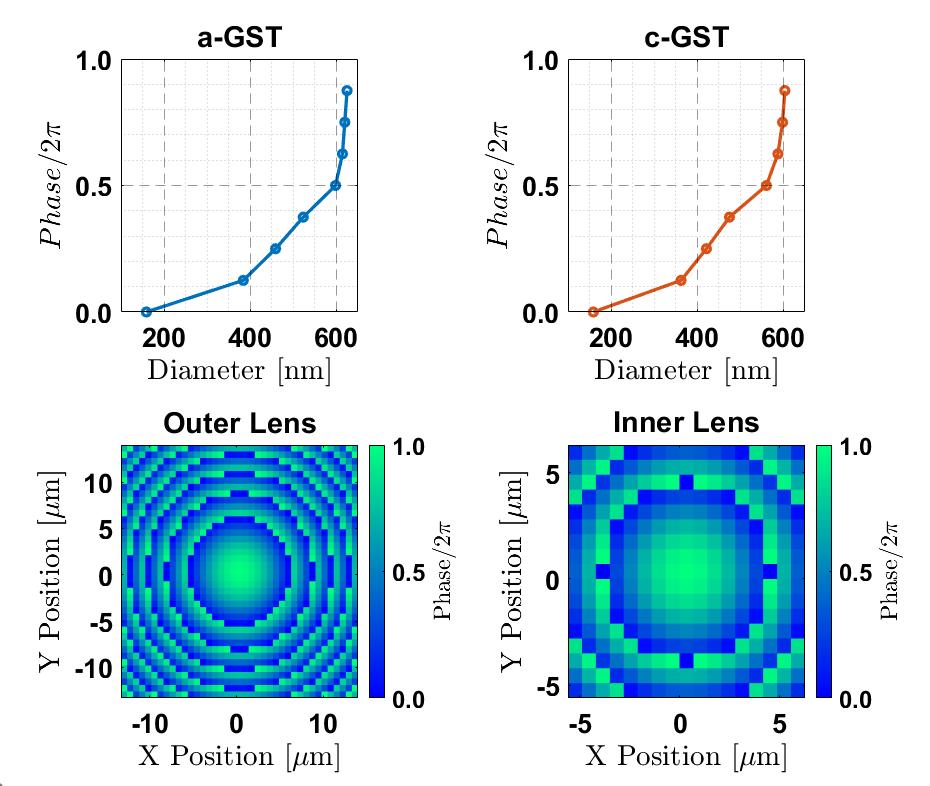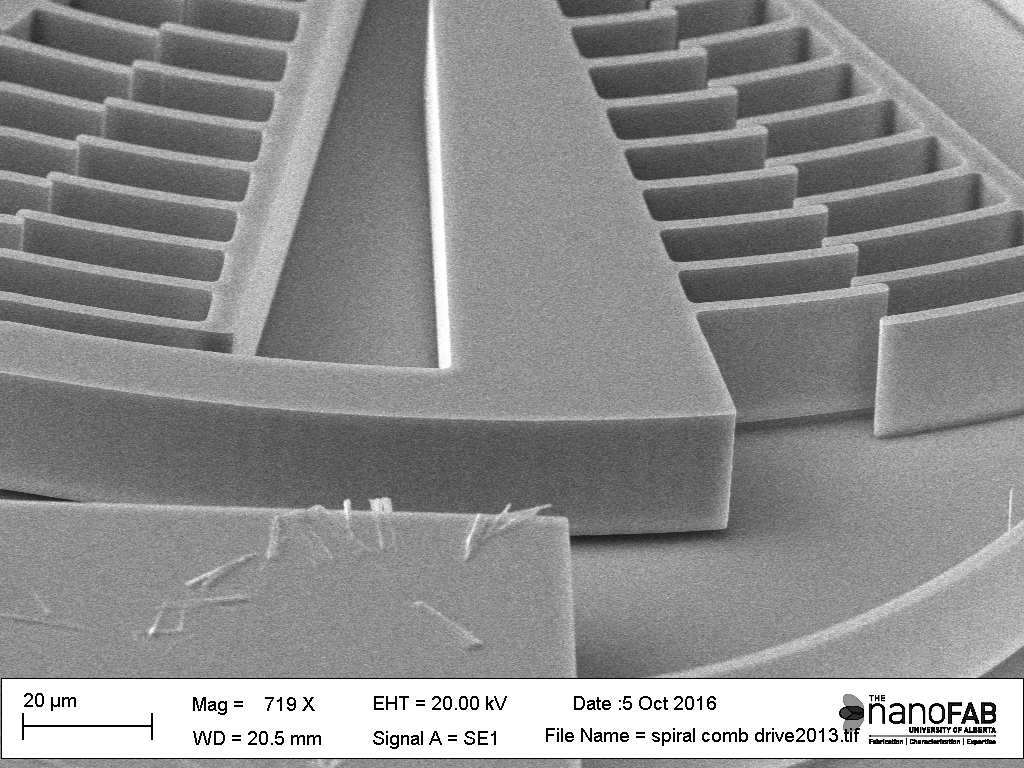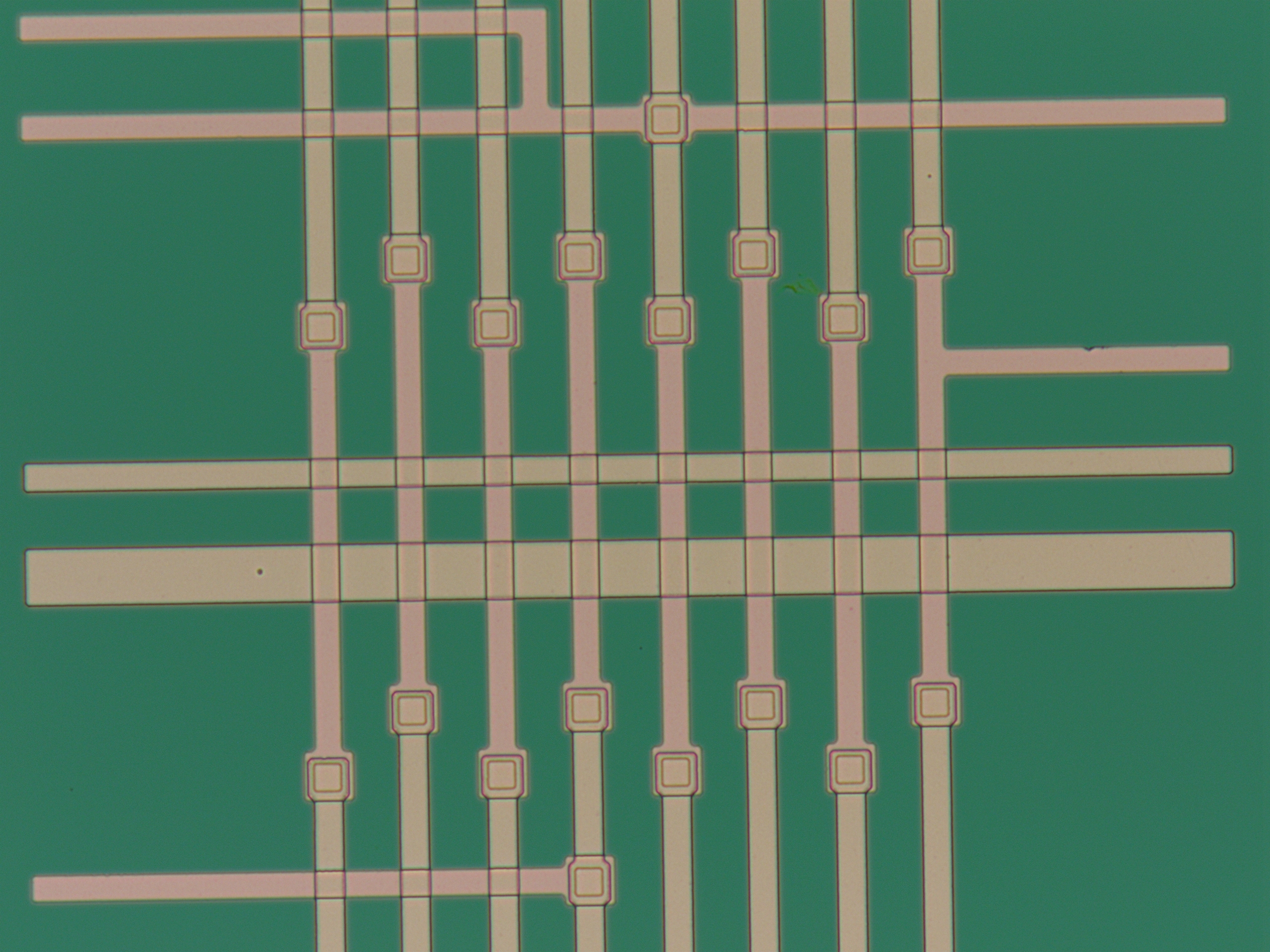About
"...Simple is better than complex. Complex is better than complicated..."
- The Zen of Python
Hey there! 👋
I'm a bit of a mixed bag, with a background that
includes a Bachelor's degree in Electrical Engineering and some
past gigs working on firmware development and testing in the
defense sector. Lately, I've been on a mission to dive headfirst
into the world of software development, aiming to craft code
that's not only concise but also a breeze to unit-test and is
thoroughly documented. On the side, I've dipped my toes into
academic research just to keep things interesting. Right now,
I'm on the lookout for opportunities in the software realm
where I can put my diverse skill set to good use.
When I'm not tethered to my desk, you'll likely find me out in the wild, carving up the slopes on my snowboard, savoring that crisp mountain air, or peering through my camera lens to capture the beauty of our pale-blue dot 🌎. So, whether it's in the world of coding or out in the great outdoors, I'm all about embracing new experiences and making the most of every moment.
Experience
-
Sep 2021 - Apr 2023 (FT) My research focus was on computer-aided inverse design for structured-light-based LiDAR. I also conducted an extensive review of 300+ academic papers, developed critical Python and MATLAB scripting tools for data analysis, and contributed as a teaching assistant. My academic performance resulted in a GPA of 3.9/4.0 after completing 15 graduate-level credits.
-
Python
-
MATLAB
-
Research
-
GIT
-
ANSYS Lumerical
-
-
May 2019 - Aug 2021 (FT) I excelled in managing intricate requirement dependencies and I played a a critical role in addressing high-priority firmware defects, conducting comprehensive code and device log investigations for mission-critical devices. A key contribution was the implementation of Python-based automation testing, covering 80% of product functionality through scalable and unit-testable code, ultimately boosting team productivity. Additionally, I had the opportunity to mentor a team of over 5 junior members in test design and acceptance testing through code reviews and pair-programming.
-
Python
-
Linux
-
C++
-
Agile
-
GIT
-
TCP/IP
-
Test Automation
-
Robot Framework
-
Firmware Development
-
Firmware Testing
-
Projects
-
03
Java based chess game with a full GUI programmed using Java Swing toolkit. Main goal of this project was to prac- tice Java based object-oriented programming (OOP) and test-driven development (JUnit4) skills. The chess game provides functionality of a traditional chess game between two local players or a minimax based AI.
-
Java
-
JUnit
-
Java Swing
-
GUI Development
-
-
Python based audio processing software for evaluating audio quality (speech transmission index) degradation through military communication radio relays. This project required the remote interaction with testing equipment and code implementation of fundamental signal processing principles (e.g. DFT, band filters, MTF, SNR).
-
Python
-
Signal Processing
-
Test Automation
-
-
Engineered a Python design pipeline for novel free-form optical devices (metasurfaces) by interfacing with electro- magnetic solver API (ANSYS Lumerical), data analysis and visualization libraries (e.g. matplotlib, pandas, numpy, scipy).
-
Python
-
Matplotlib
-
pandas
-
NumPy
-
SciPy
-
MATLAB
-
Silicon Photonics
-
ANSYS Lumerical FDTD
-
ANSYS Lumerical RCWA
-
-
Bragg gratings filters are a fundamental component for achieving wavelength selective functionality in silicon photonics. In this project, the fundamental principles of designing a Bragg grating on silicon was explored. In addition, a practical filter design operating at 1550 nm is demonstrated. The proposed filter design was able to achieve a transmission of -52 dB with a bandwidth of 10 nm at 1550 nm.
-
Silicon Photonics
-
ANSYS Lumerical MODE
-
ANSYS Lumerical EME
-
Coupled Mode Theory
-
-
Among optical devices, the humble lens is an essential component. However, traditional lens designs are incompatible with nanoscale manufacturing. Metalenses are now emerging as a possible solution to this incompatibility. The optical lens made from subwavelength resonators hold promise for nanoscale integration as it provides small foot-print, and low-cost functionality. This investigation explores the design theory, modeling and fabrication of one such device.
-
Active Photonics
-
ANSYS Lumerical FDTD
-
PCM
-
Metasurfaces
-
-
09Fabrication of Multilayer and MEMS Devices
This project involved hands-on experience with various nanofabrication techniques such as SEM imaging, wet/dry etch- ing, mask alignment, UV lithography, ellipsometry and profilometry. The devices created include MEMS devices such as electrostatic comb drives, rotary actuators and multilayer devices such as via chains.
-
Nanofabrication
-
MEMS Devices
-
Multilayer Devices
-


